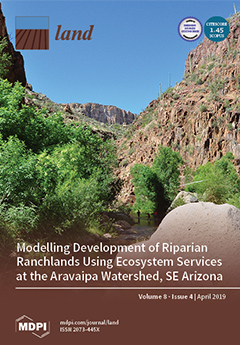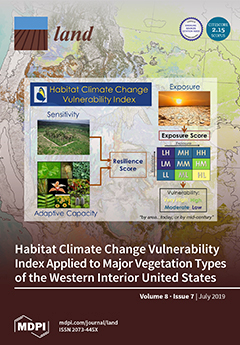Modelling Development of Riparian Ranchlands Using Ecosystem Services at the Aravaipa Watershed, SE Arizona
This paper describes how subdivision and development of rangelands within a remote and celebrated semi-arid watershed near the US–Mexico border might affect multiple ecohydrological services provided, such as recharge of the aquifer, water and sediment yield, water quality, flow rates and downstream cultural and natural resources. Specifically, we apply an uncalibrated watershed model and land-change forecasting scenario to consider the potential effects of converting rangelands to housing developments and document potential changes in hydrological ecosystem services.







